The Nintendo Switch 2's USB-C port uses proprietary specifications to exclude third-party accessories, which Technology Review Channel criticizes as a 'strategic negligence.'

Nintendo's Greed could Change the Tech Industry - YouTube
The LTT's focus this time is the 'switch to unnecessary proprietary specifications,' which it says directly hits Nintendo Switch 2 users' wallets. Regarding this issue, the LTT stated, 'At a time when other companies in the home video game industry are making major moves toward universal standardization and interoperability, the adoption of proprietary specifications for the Nintendo Switch 2 is a classic example of 'money-making' or 'just because' behavior without justification. The big problem is that, because Nintendo is the industry leader, this behavior is likely to be followed by competitors.'
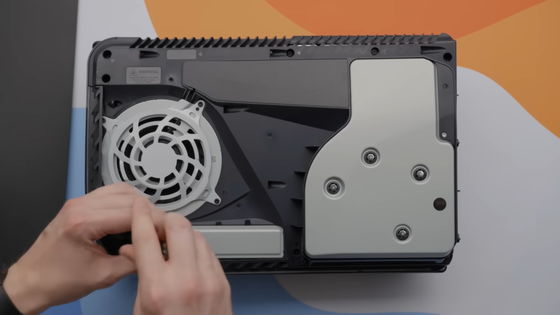
There are a variety of third-party docks available for the Nintendo Switch. The following third-party docks are very compact and portable, and work fine with both the Nintendo Switch and laptops, but they don't work with the Nintendo Switch 2. This is the result of the Nintendo Switch 2's 'unnecessary proprietary shift.' LTT points out that 'USB, which should be a universal standard, has become non-universal on the Nintendo Switch 2.'
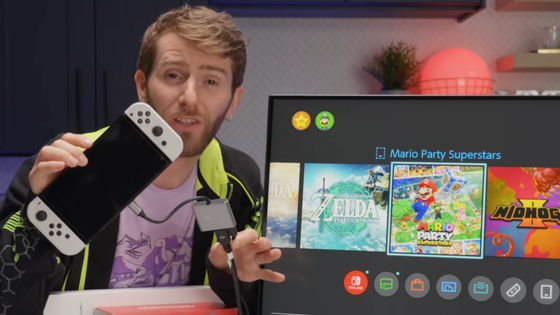
Since its inception in 1996, USB has replaced many terminals, fulfilling its role as an 'easy-to-plug connector.' With each revision, not only have specifications such as power supply and data transfer speed improved, but it also maintains backward and forward compatibility. The biggest evolution in USB is 'USB-C,' followed by '
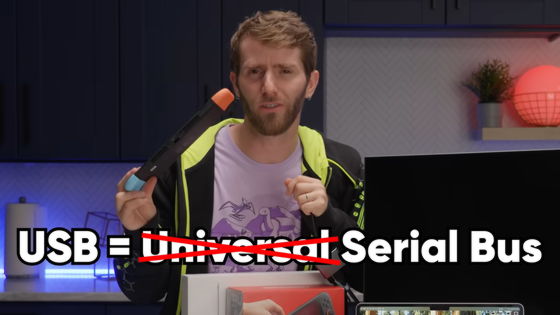
To investigate the communication content of the Nintendo Switch 2's USB-C port, LTT used
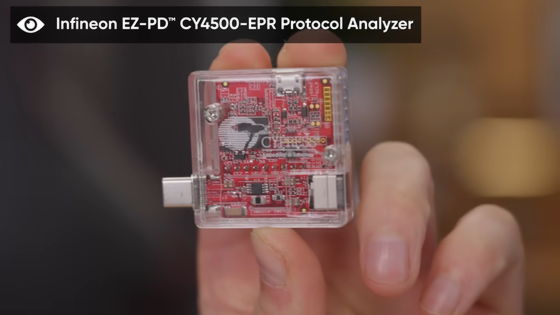
Upon analysis, they discovered numerous 'VENDOR_DEFINED' interactions. LTT explained that this 'essentially checks whether the accessory communicating with the Nintendo Switch 2 is made by Nintendo.' This meant that while Nintendo accessories worked properly, using third-party accessories (such as docks) would cause video output to stop.
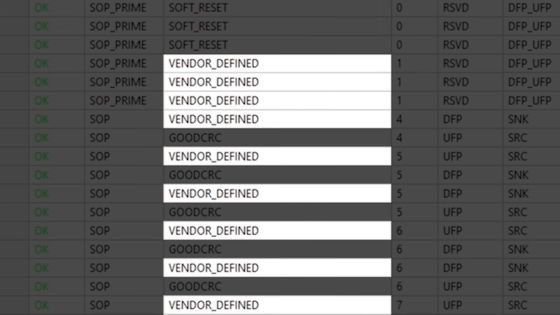
Regarding this, LTT pointed out, 'Nintendo has deliberately eliminated the flexible operation of standard USB PD and only accepts communication using Nintendo's proprietary protocol. This may be 'malicious', but in our view it is 'strategic negligence', meaning that once it works with their own products, they don't need to make any further efforts to ensure compatibility. As a result, if users want an additional dock, they are forced to purchase an expensive Nintendo dock instead of a cheaper third-party one.'
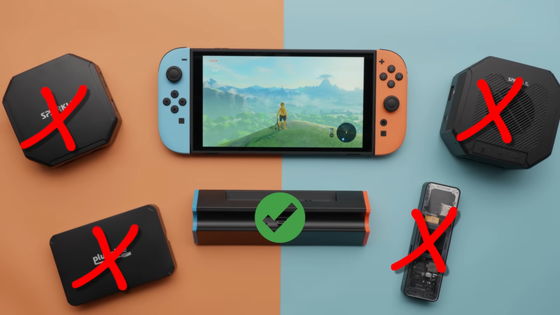
He also points out, 'Apple is notorious for its proprietary specifications, but it still led the spread of USB-C and Thunderbolt. It was also Apple that made the MacBook's I/O USB-C only in 2015. Nintendo has deliberately made the common standard USB-C 'exclusive,' which could have a negative impact on the entire industry.'
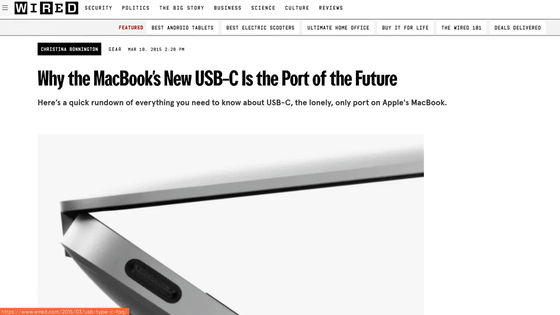
LTT stated that the best thing customers can do about this change is to 'not give Nintendo any money.' Specifically, they recommend waiting for a next-generation emulator or refraining from purchasing a game console until Nintendo resolves the issue. While there are third-party accessories that are compatible with the Nintendo Switch 2 (such as
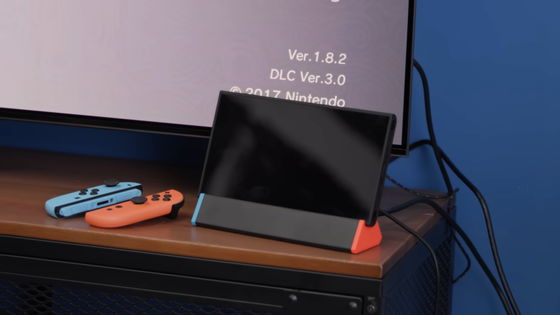
In addition, a supplementary blog has been published that introduces data and information that could not be explained in the video.
Nintendo Switch 2 Dock USB-C Compatibility | LTT Labs
According to a follow-up blog post from LTT, USB uses 'Vendor-Defined Messages (VDM)' to communicate between devices regarding 'standard negotiation of power supply,' 'data direction,' 'format,' and other matters.' This is used not only for standard formats like DisplayPort and Thunderbolt, but also for proprietary modes that allow manufacturers to use different USB-C cables to match the language and format they use. The difference between 'good' and 'bad' use of VDM depends on whether the VDM designer publishes and registers the protocol, making it compatible for use by other manufacturers and users. Nintendo does not publish the VDM specification.
In fact, when you connect the Nintendo Switch 2 to a dedicated dock, a genuine Nintendo accessory that uses Nintendo's proprietary VDM, it consumes up to 15W of power, as shown below, allowing the dock to output game images to the display.
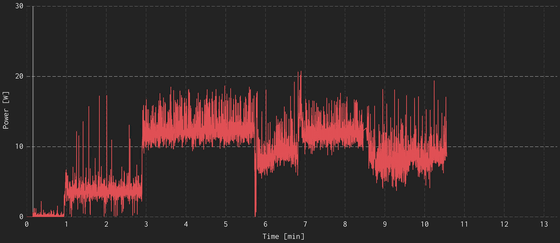
However, when using third-party accessories, although the main unit receives 15W of power via the AC adapter, video output from the dock to the display is not performed correctly.
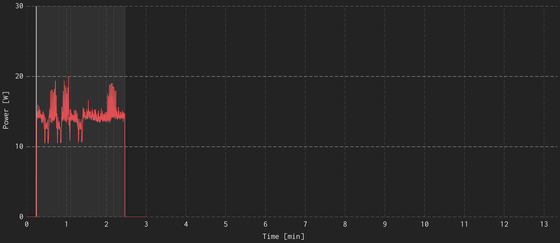
LTT measured the time it took to fully charge the Nintendo Switch 2 using the original AC adapter (above) and a third-party adapter (
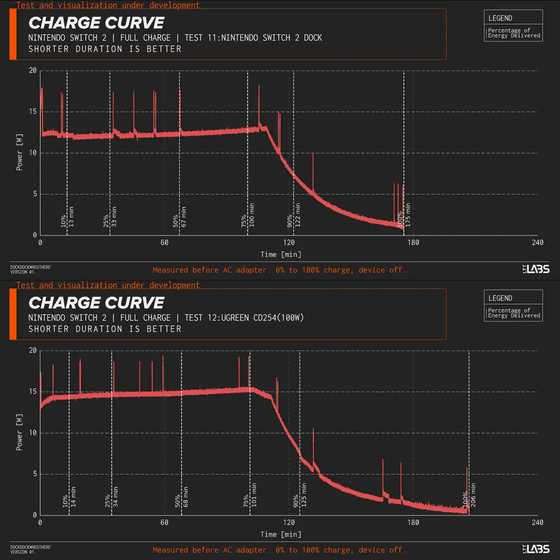
LTT explains, 'The Nintendo Switch 2 can only be charged at a maximum of 15W. Charging is the same whether you use the Nintendo Switch 2 dedicated dock, a third-party dock, the Nintendo Switch 2 power adapter, or a USB-C monitor. When charging with the dedicated dock or power adapter, it takes about two hours to charge the Nintendo Switch 2 to 90% battery, and about three hours to charge to 100%.'
LTT also points out that 'if you want to maximize charging time, charge the battery to about 75% (about an hour and a half of charging), then play a game until the battery runs out. This will almost always charge the device at 15W, without trickle charging .' 'The reason most docks don't support the Nintendo Switch 2 may not be due to Nintendo's malicious intent; it may simply be due to lazy implementation of the USB-C specification. When monitoring interactions with a USB-C monitor, we found that negotiation never even reached the VDM stage, where the dock should theoretically send the correct response.'
Related Posts:







